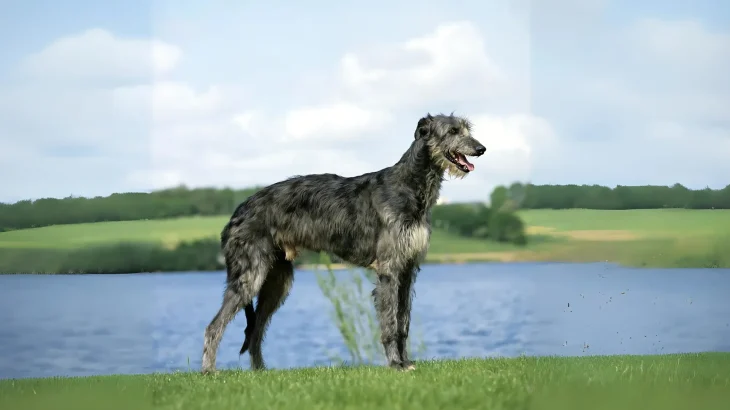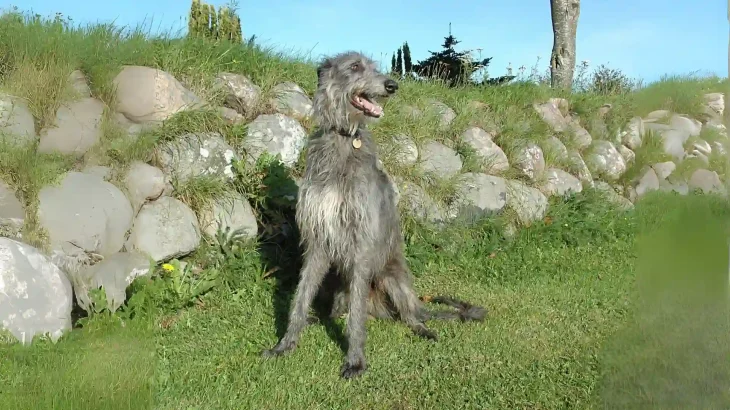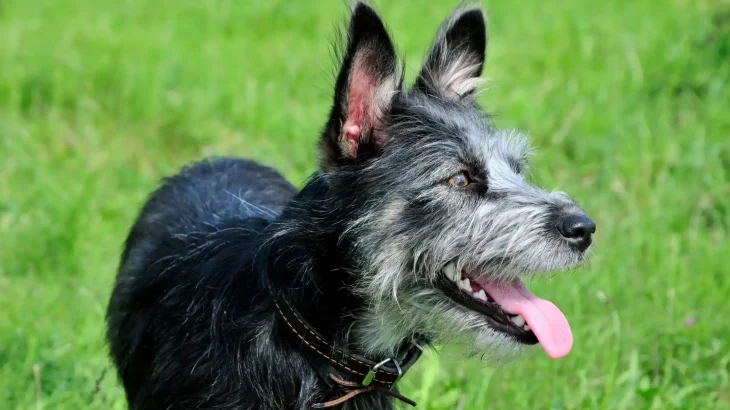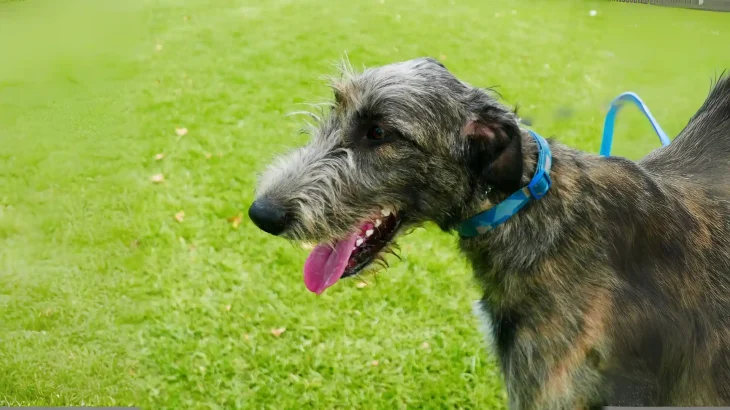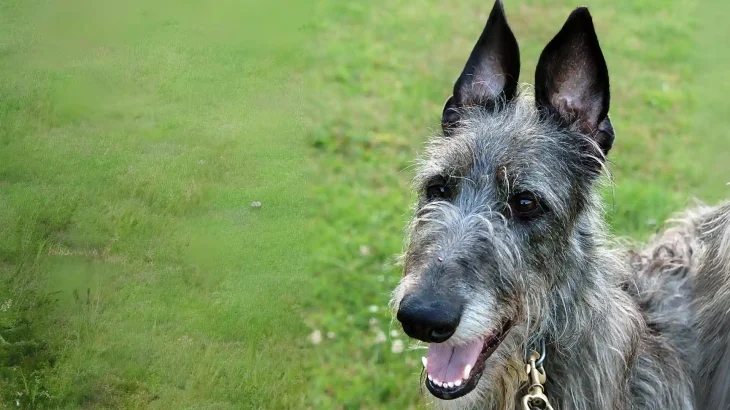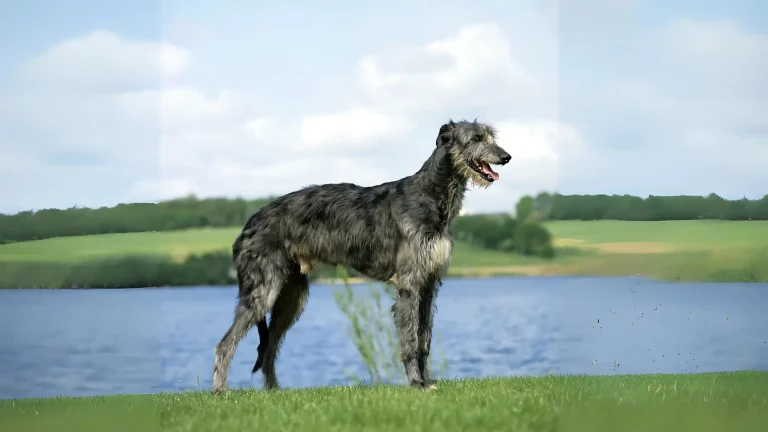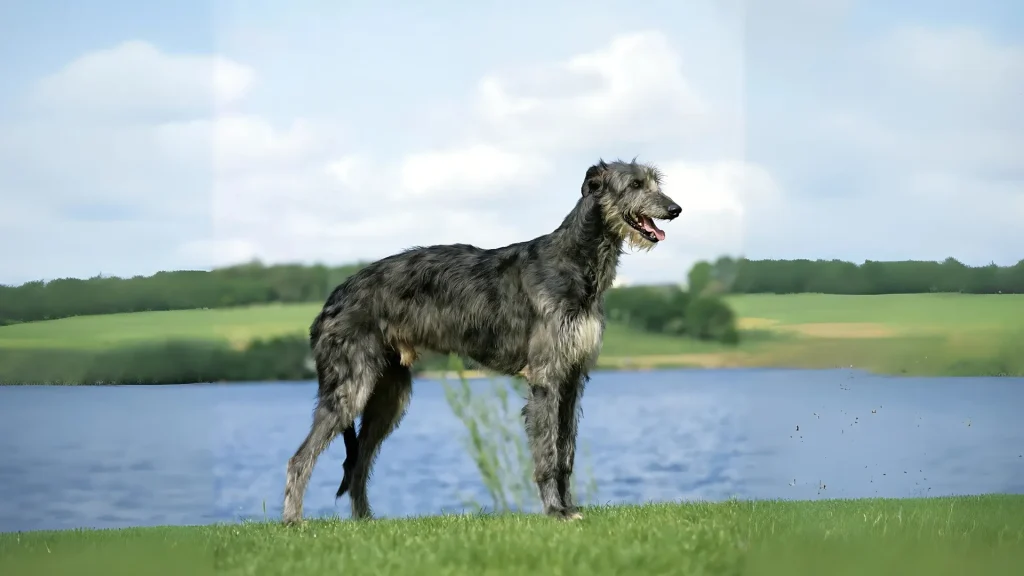When deciding whether to welcome a Scottish Deerhound puppy into your home, you can either purchase from a breeder or adopt through rescue organizations. Each option offers unique advantages and challenges, especially given the breed's rarity and specialized care needs.
Adoption vs. Breeder: Pros & Cons
| Criteria | Buying from Breeder | Adopting from Shelter/Rescue |
|---|---|---|
| Cost | Typically higher, ranging from $1,000 to $2,500 due to breed rarity and pedigree. | Usually lower adoption fees; financial help may be available for medical costs. |
| Health History | Breeders often provide detailed health records and genetic screenings. | Health history may be incomplete but rescues do basic health assessments. |
| Age Availability | Primarily puppies, letting you raise the dog from an early age. | Includes dogs of various ages, including adults and seniors. |
| Temperament Insight | Breeders share lineage temperament traits though individual variation exists. | Rescues provide behavioral assessments and observed personality info. |
| Supporting Practices | Supports responsible breeding when sourced ethically. | Helps reduce homeless dog populations and supports welfare efforts. |
| Breed Purity & Pedigree | Guarantees pedigree and purebred status with registration papers. | Breed purity may be uncertain; rescue dogs might lack official docs. |

